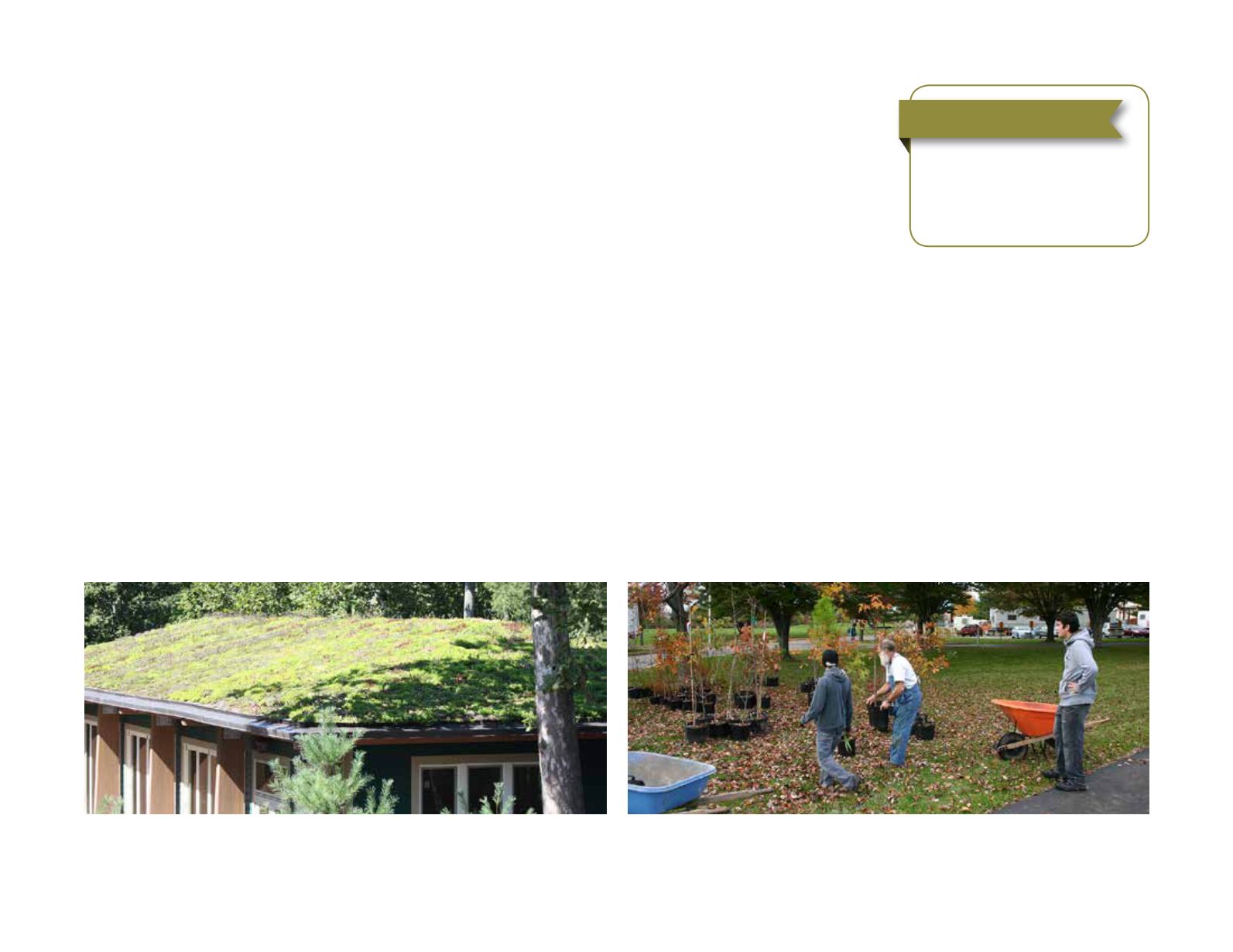
Montco 2040:
a shared vision
35
… advocate with water authorities to protect water sources and encourage water conservation
Overall, Montgomery County is well supplied with drinking water - the county has 17 large public water suppliers and is
generally blessed with good ground and surface water supplies. Nevertheless, droughts periodically occur in the region and
the water supply can become polluted. The county will work with water purveyors, the state, and municipalities to address
these issues. Also, the county Health Department will increase public education and outreach on conservation during periods
of drought.
To protect water supply, water suppliers should:
■■ Replace aging pipes, where needed, and upgrade treatment facilities, making them as energy-efficient as possible.
■■ Continue interconnecting adjoining systems.
■■ Educate residents about conservation practices they can use at home and work, including installation of low flow fixtures
and use of efficient landscaping and lawn maintenance.
■■ Improve loss detection on water lines and fix leaks.
Municipalities can:
■■ Create source water protection plans, including wellhead protection.
■■ Adopt natural features protection ordinances, such as wetlands, steep slope, floodplain, woodlands, and riparian corridor
ordinances.
■■ Adopt stormwater best management practices to encourage groundwater infiltration.
■■ Require stormwater best management practices for runoff from farms, golf courses, playing fields, and construction sites.
■■ Use low density zoning, cluster zoning, and transfer of development rights to keep development and impervious areas out
of headwaters and other sensitive areas for the water supply.
■■ Decrease in water usage
per resident
■■ Improved interconnections
between water suppliers
Measuring success
Green roofs are a stormwater best management practice.
Planting trees in riparian corridors and protecting trees and understory growth in
these corridors helps protect water quality.


